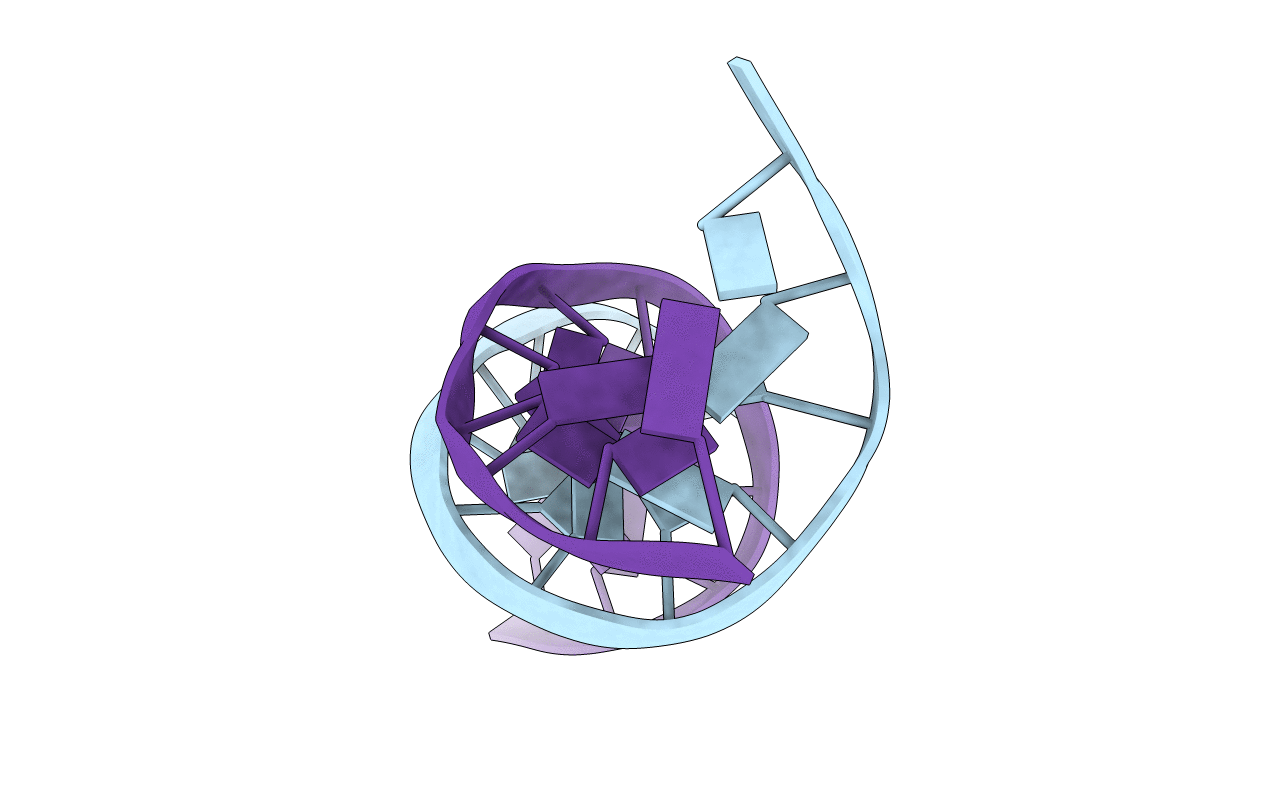
Deposition Date
1989-04-25
Release Date
1990-04-15
Last Version Date
2024-02-07
Entry Detail
PDB ID:
1DN9
Keywords:
Title:
STRUCTURE OF AN ALTERNATING-B DNA HELIX AND ITS RELATIONSHIP TO A-TRACT DNA
Biological Source:
Method Details:
Experimental Method:
Resolution:
2.20 Å
R-Value Work:
0.18
R-Value Observed:
0.18
Space Group:
P 21 21 21


